Embroidery is the process of decorating fabrics with a needle and a thread. Embroidery styles and techniques vary with different decorative stitching techniques, varied stitches, any colored threads or fibers. All are worked independently (not on the fabric’s weave) allowing you to embroider any design onto any fabric of your choice.
When to use Embroidery: If you are looking for the most beautiful of all these methods, embroidery generally is considered the most precise and gorgeous of imprint methods. When a logo needs to be imprinted upon a rough surface or a thick or fuzzy material (fleece, sweater, etc.) embroidery is the best method. Embroidered items can have as many colors as you require at no cost per color. Embroidery is great for a quantity of items where you need precise craftsmanship; they come out perfect every time. When not to use Embroidery: Choosing screen printing on rough, fuzzy, or thick materials is not recommended because the screen print may peel off such surfaces. If you have low-quality artwork, skip screen printing; Screen printing looks better when using high-quality artwork.
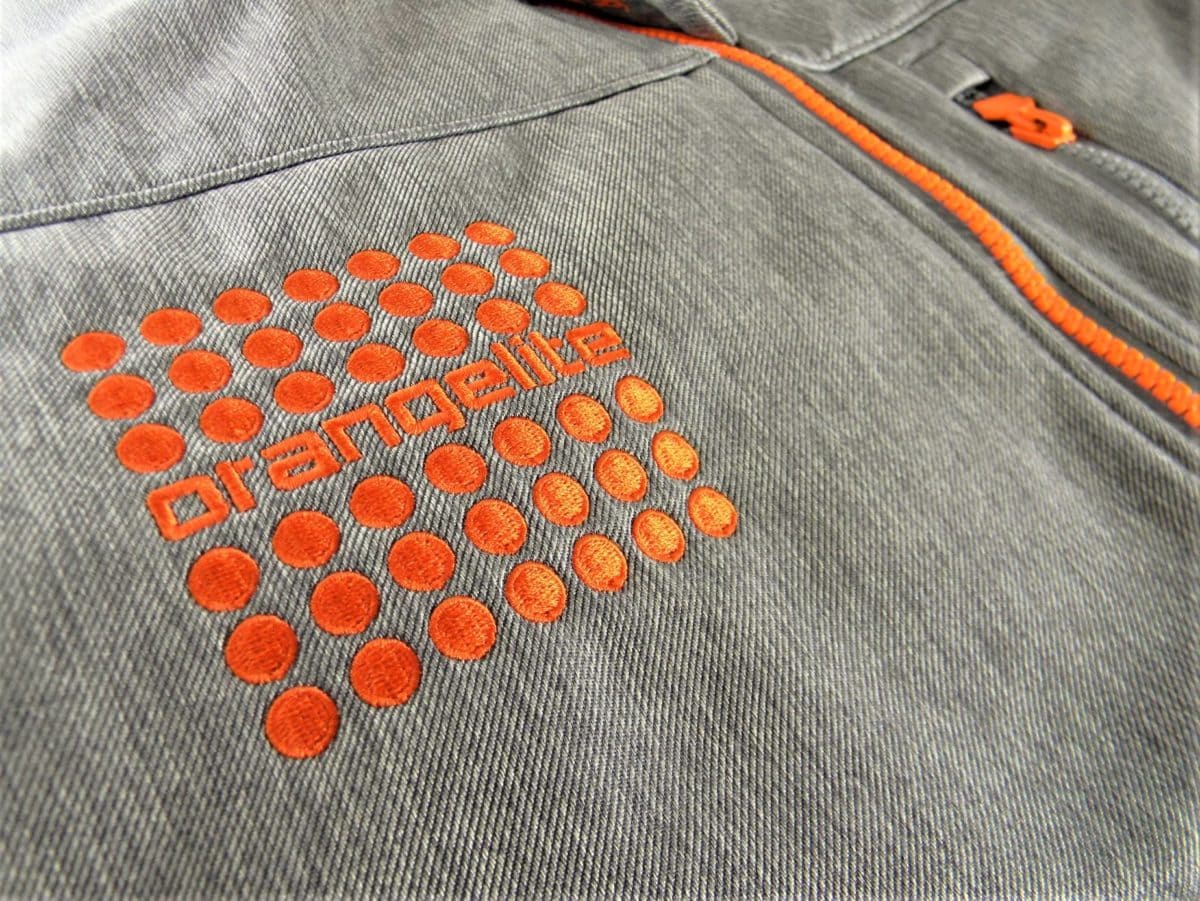
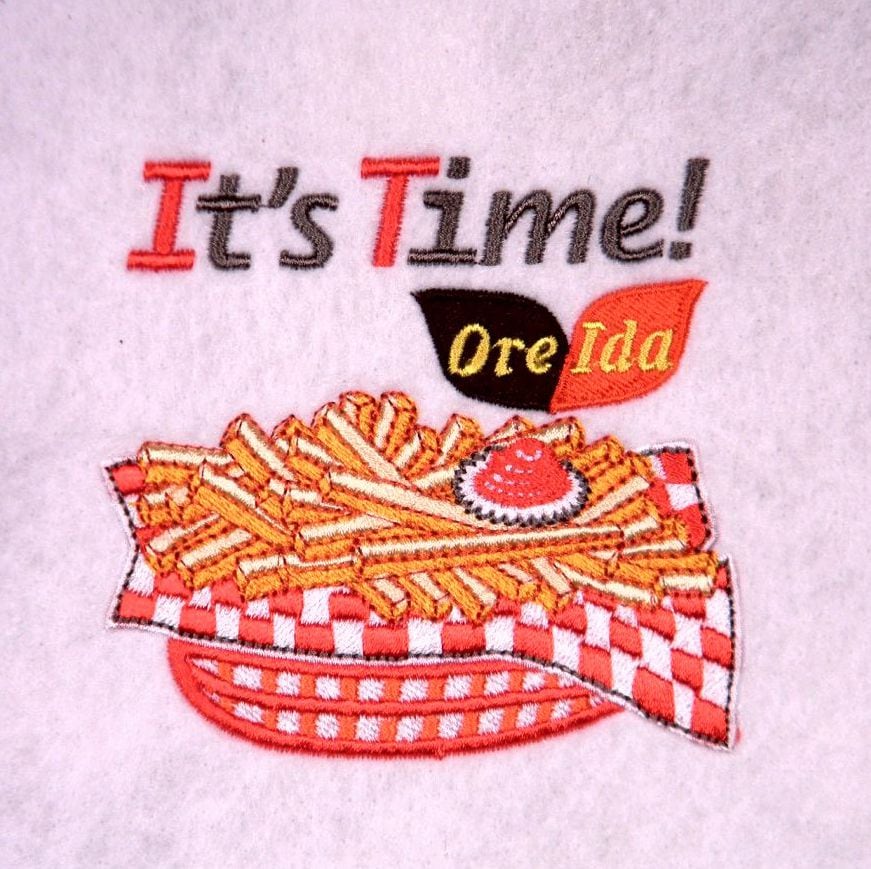
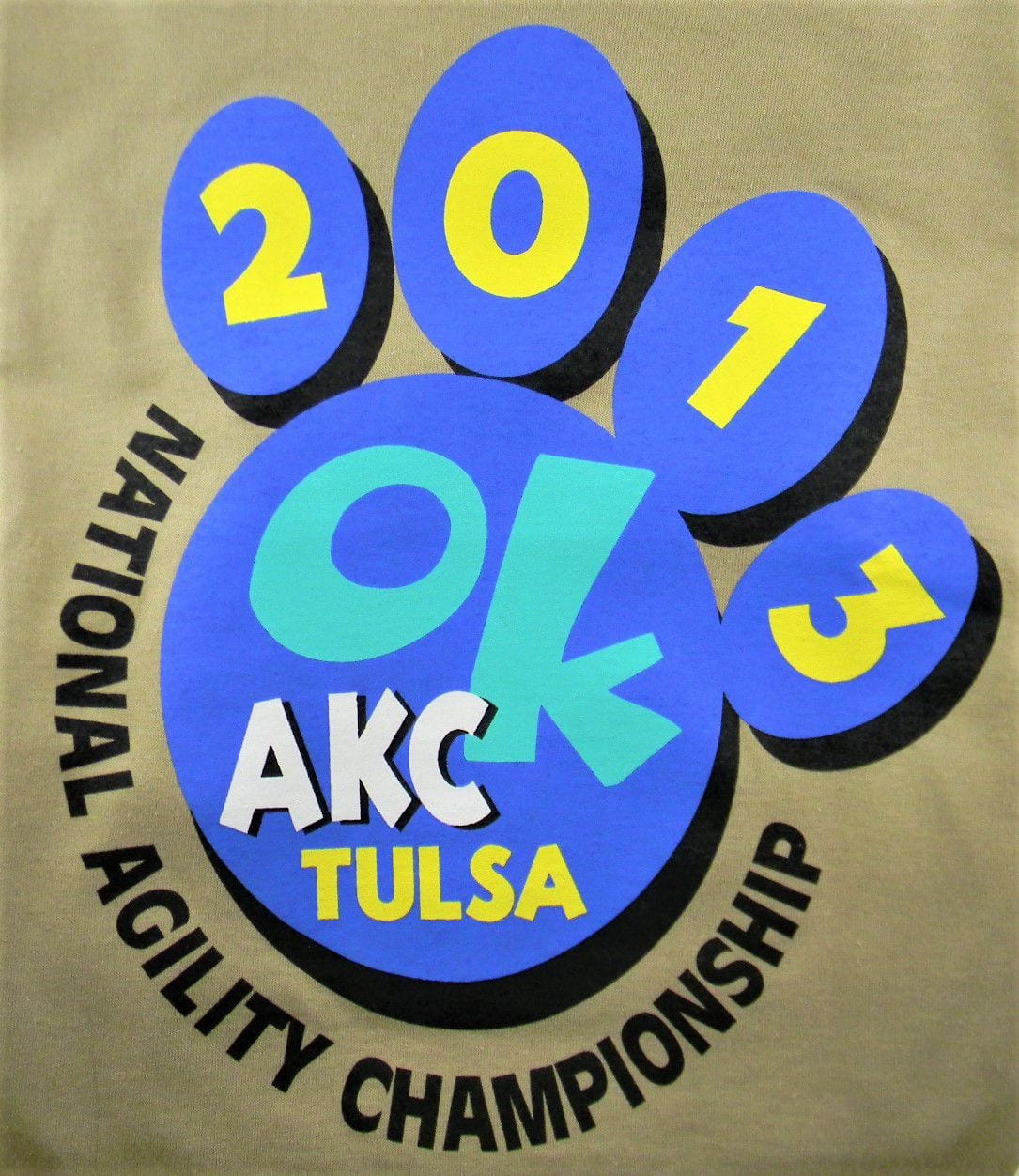
COST: Generally, embroidery is a little more expensive than screen printing. Embroidery lasts longer and looks sharper and more stylish than a screened image. The cost of embroidery is based on the number of stitches used; larger images mean more stitches, and more stitches increase the cost. However, any number of colors can be used at no additional charge, and there is usually a one-time cost that covers the setup. This one-time set-up charge is for digitizing the image so that the embroidery machine’s computer can read the file. Keep in mind that using more stitches will increase the detail of the image, so it’s a worthwhile expense! Plus, the digital image will be saved on a disk for later use so you only have to pay one time for set-up.
Differing from embroidery, screen printing requires a separate screen for each color printed. On multi-color designs the increased screen costs can dramatically increase the overall project costs on lower quantities of items. And unlike embroidery, screens are not saved. That means another set-up fee would be required for every re-printing.
TIME: The ability to convert a logo into a digitized image has shortened the length of time necessary to have items embroidered, so the turnaround time is faster.
MATERIAL: When a logo needs to be imprinted upon a rough surface or on a thick or fuzzy material (like a poly fleece, sweater or knit hat), embroidery is a better choice than screen printing.
Embroidery is considered to be the most beautiful of all imprint methods. Although satin thread is the default thread used for projects, other types like metallic and matte threads are available.
For specialty items like auto racing and construction where safety is an issue, StitchMine offers embroidery with all Nomex thread and backing to ensure fire resistance.
QUALITY: Historically, embroidered items have been perceived as more stylish than other imprint methods like screen printing. Although both screen printing and embroidery produce beautiful color imprinting, and the quality of those are top notch in themselves, embroidery has precise and near perfect quality. The screen printing process is more complicated than embroidery because there are longer set-up times and artwork preparation is involved. The quality of the artwork is more important with screen printing than with embroidery.
QUANTITY: Screen printing is the ideal imprinting method for large quantities of promotional items. The higher expense of multiple screens can be spread over the large quantity of goods bringing the unit cost down. Remember this, when you customize your next batch of giveaway items!
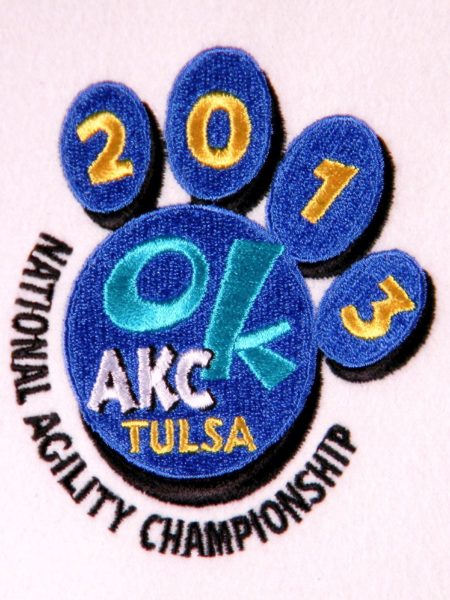
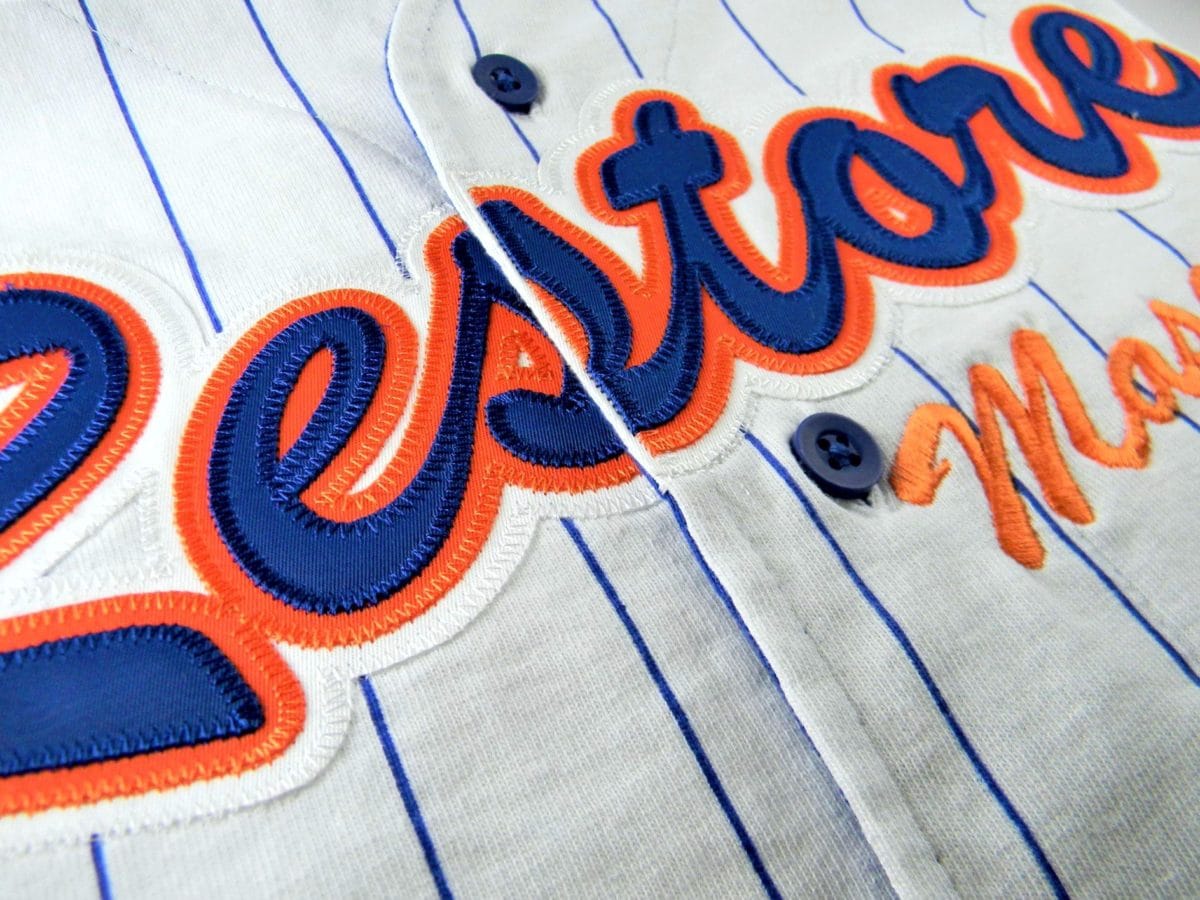
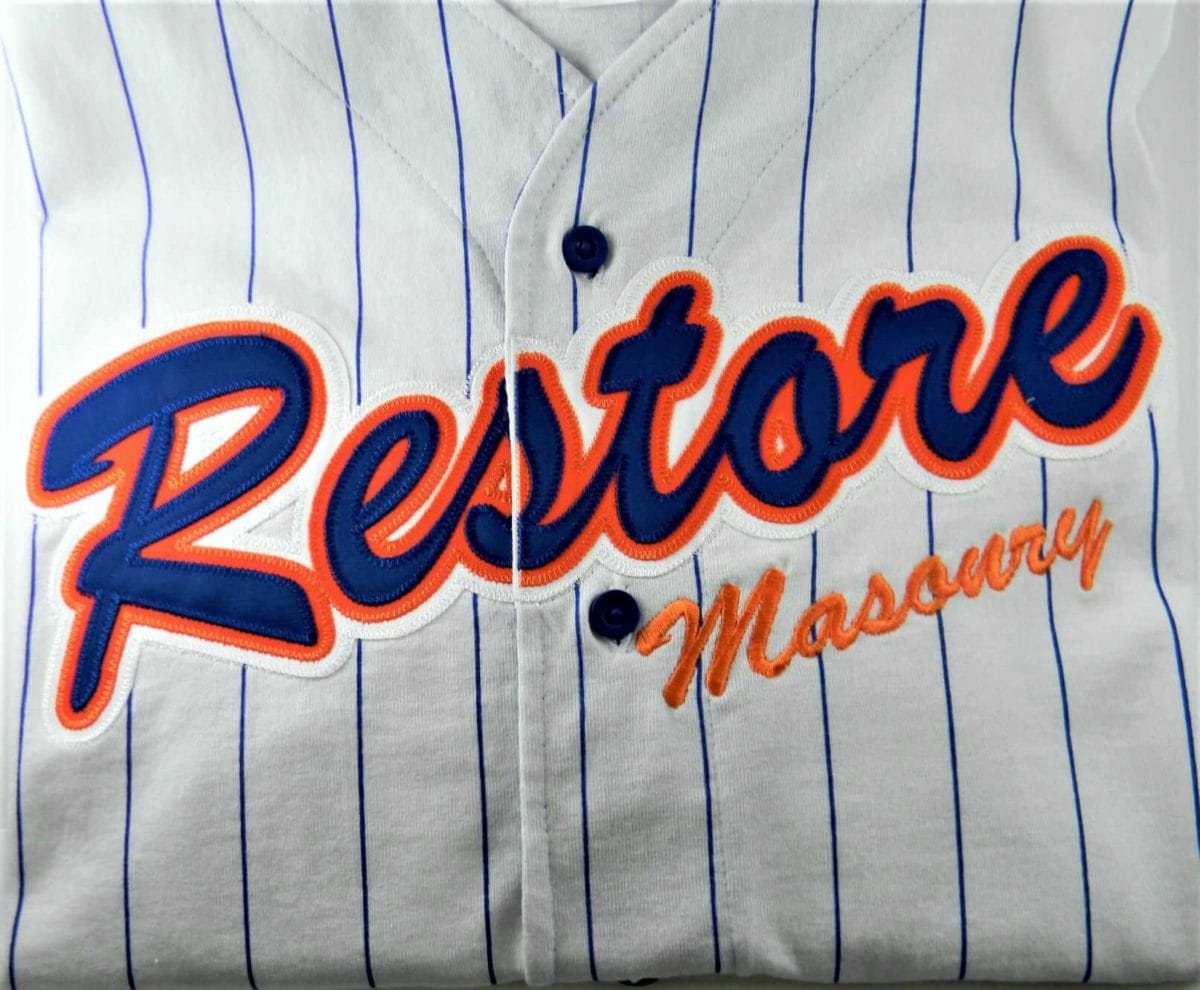
By definition, an applique is a form of ornamental needlework in which pieces of one fabric are cut and applied to another material to create pictures or patterns. Applique is generally used when you want a bold look to your design but want to keep the stitch count down for the sake of affordability. The designs are usually pretty simple, however, they can become as detailed as you would like, incorporating different fabrics with embroidered stitching.
Who uses Applique/Tackle Twill? Tackle Twill is the preferred choice for both Professional Sports teams and school athletic organizations when decorating jerseys and uniforms with numbers and names and logos. At StitchMine, tackle twill is used for various products including patches and lettering on hoodies, tees, jackets and even baseball caps. Customers can also use tackle twill to customize their Varsity Jackets and letter sweaters.
Heat transfer decals are pre-printed graphic images that are bonded to the t-shirt or product using heat and pressure. The image is printed on a carrier. The decal is released under the heat and pressure of hot stamping used to apply the decals. The heat transfer decal is more permanent and resistant than most decorating methods and allows for multiple colors applied in one pass. Heat and pressure permanently seal the image to the receiving surface using a heat press.
Heat transfer process is the best method to use initially if you need a fast turnaround. At StitchMine we can simply print up the transfers of your logo and use them as needed.
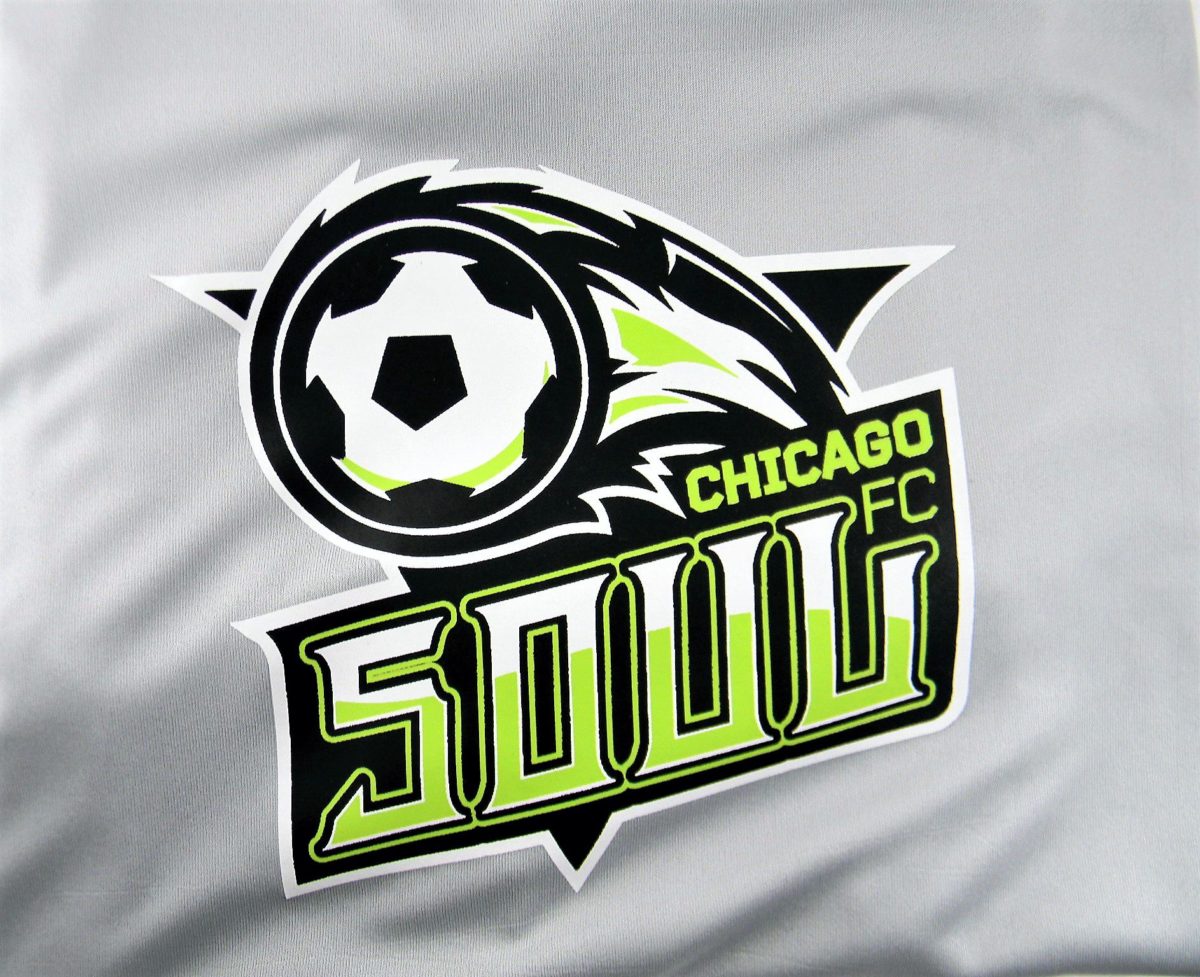
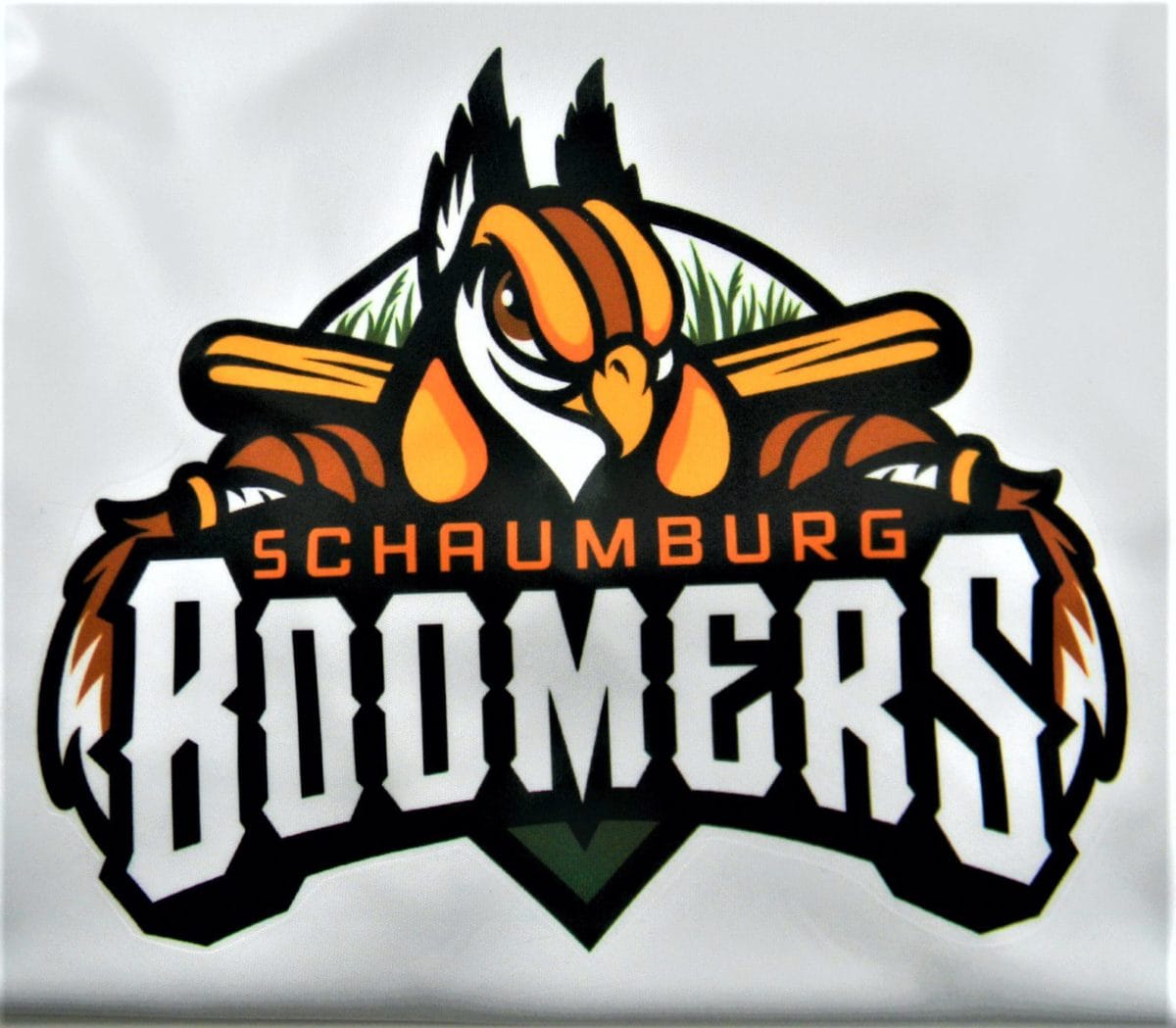
Dye sublimation is the process of transferring any image directly into an object by heating the ink to a temperature that allows it to change directly from a solid to a gas, thereby embedding itself into your chosen material.
Using this process to dye poly or poly blend fabrics means images do not fade and will not chip, peel, or scratch! The image looks like it is dyed right into the fabric; not just applied to the surface.

